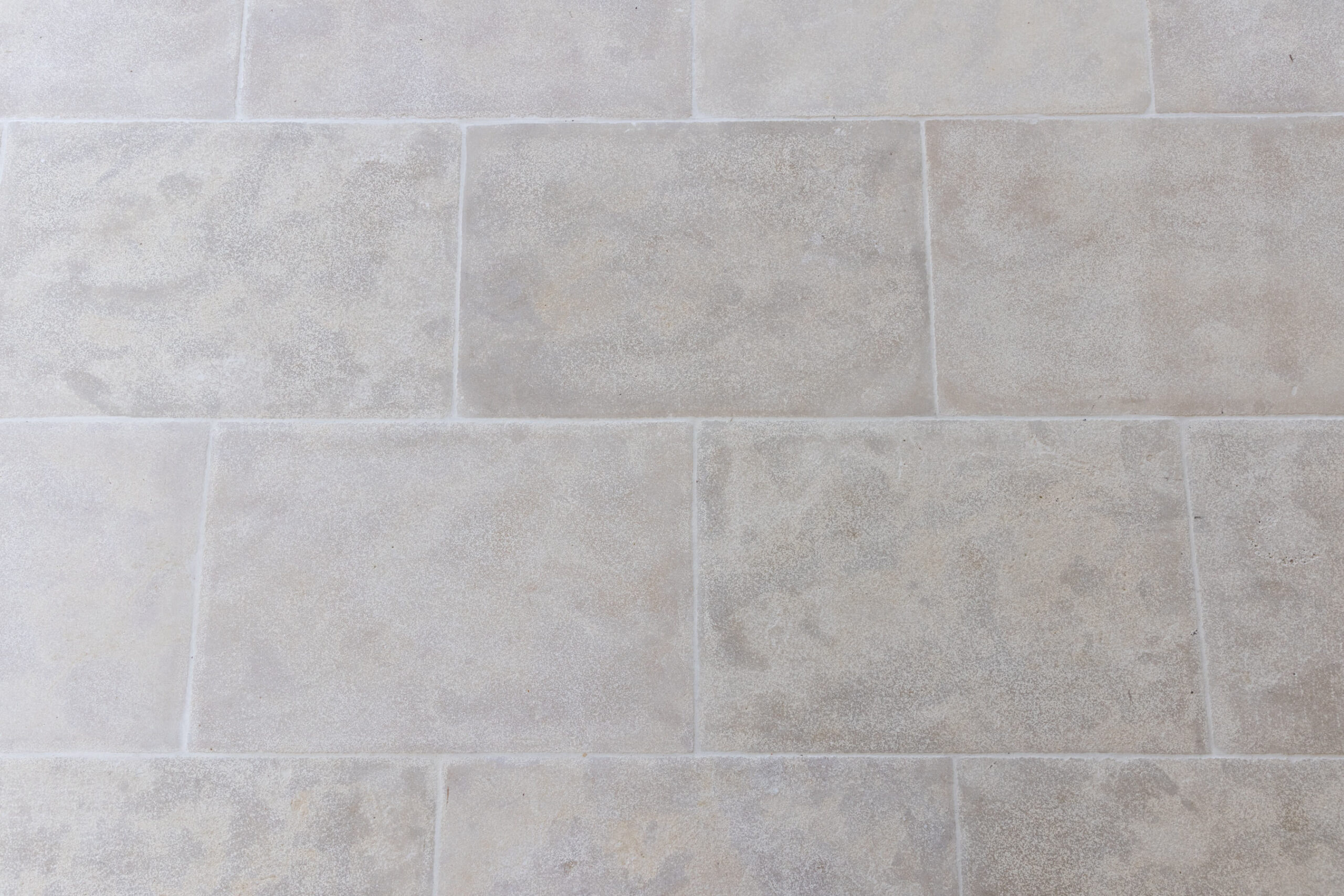If there’s one design element that often gets overlooked, it’s outdoor lighting. Many landscape designers and contractors miss the transformative power it brings to a space. Outdoor lighting isn’t just about making your yard visible after dark—it’s about setting the mood, expanding your living space, and creating a captivating retreat under the night sky. As the days grow shorter in the autumn and winter months, investing in quality lighting techniques becomes even more essential to fully enjoy your outdoor space. In this post, we’ll share our top two tips for elevating outdoor lighting, along with an exclusive peek into our curated lighting library.
Keep reading to see how intentional lighting design can turn your landscape into an inviting sanctuary after sundown.
1. Choose the right color temperature for your lights.
Warmer tones (around 2700K) are perfect for creating that cozy, inviting ambiance GSD loves to evoke in outdoor spaces. These tones work beautifully for highlighting patios, pathways, and lounging areas, blending seamlessly with natural surroundings. Alternatively, Cooler tones between 2700 and 3000k are also an option for anyone looking to add a sharper, crisper accent, especially for more modern architectural features. Thoughtfully selected warmth can make all the difference in achieving the perfect mood for every corner of your landscape. Take for instance our Rancho Verde Project, where the backyard uses each of these elements to create a balanced painting of light (pictured below).

2. Harmonizing Focal Points in Lighting Design
This crucial step in design significantly enhances the experience of your outdoor space, creating captivating moments that draw the eye and invite lingering appreciation. To anchor the viewer’s gaze and elevate your landscape, consider using symmetrical elements like specimen olive trees or ornamental pots filled with vibrant greens as focal points. Balance is key here—position these features thoughtfully and ensure that lighting complements rather than overpowers. Take a look at the following graphic for a visual of this balanced design approach.

Identifying focal points this through lighting design approach will amplify the beauty of each element within your landscape. The incorporation of subtle, varying light intensities can also assist in adding depth to the curb appeal. We also highly recommend highlighting focal points at different levels, like illuminating a tree canopy while gently accenting ground cover below. This layered approach helps guide the eye, making the entire scene feel cohesive yet dynamic – top to bottom.
3. An Inside Look at Our Lighting Library

Here you will find all the elements to bring your landscape to life – from up lights to step lights, there’s something for everyone here. Take for instance our Rancho Verde Project, where the backyard uses each of these elements to create a balanced painting of light. Notice the balanced glow that is carried out through the space and how each lighting fixture was incorporated in such a way to appear hidden away from first glance.

In Conclusion…
With the right approach, outdoor lighting can completely transform your landscape into an inviting, captivating retreat. From harmonizing focal points, to selecting the perfect color temperatures, each tip we’ve shared brings you one step closer to creating an after-dark atmosphere that feels both functional and magical. We hope you feel inspired to try these ideas in your own space!
Curious to learn more? Tell us in the comments what you’d like to explore next, whether it’s additional lighting techniques, plant pairings, or design tips. We’re excited to help you bring your outdoor vision to life!





